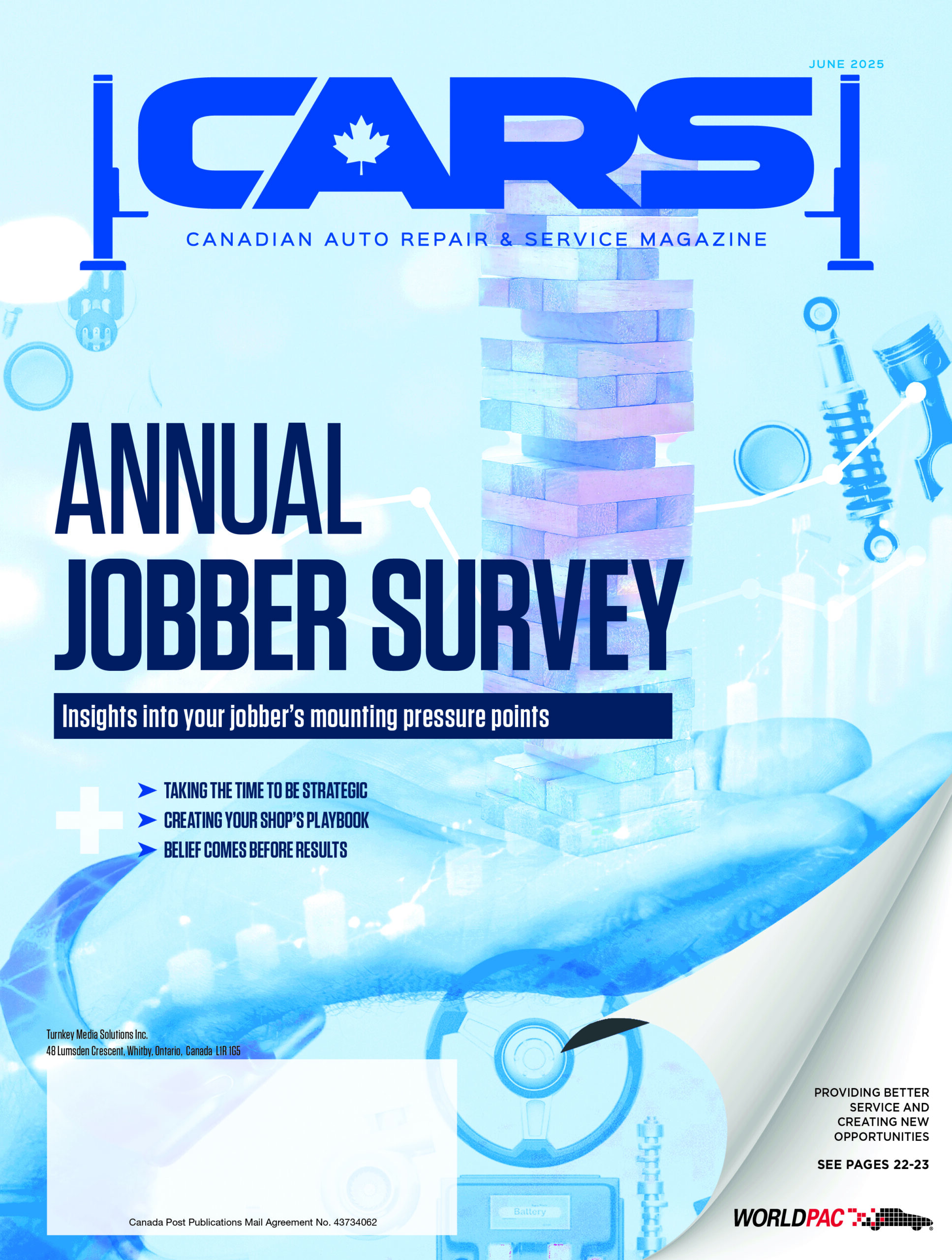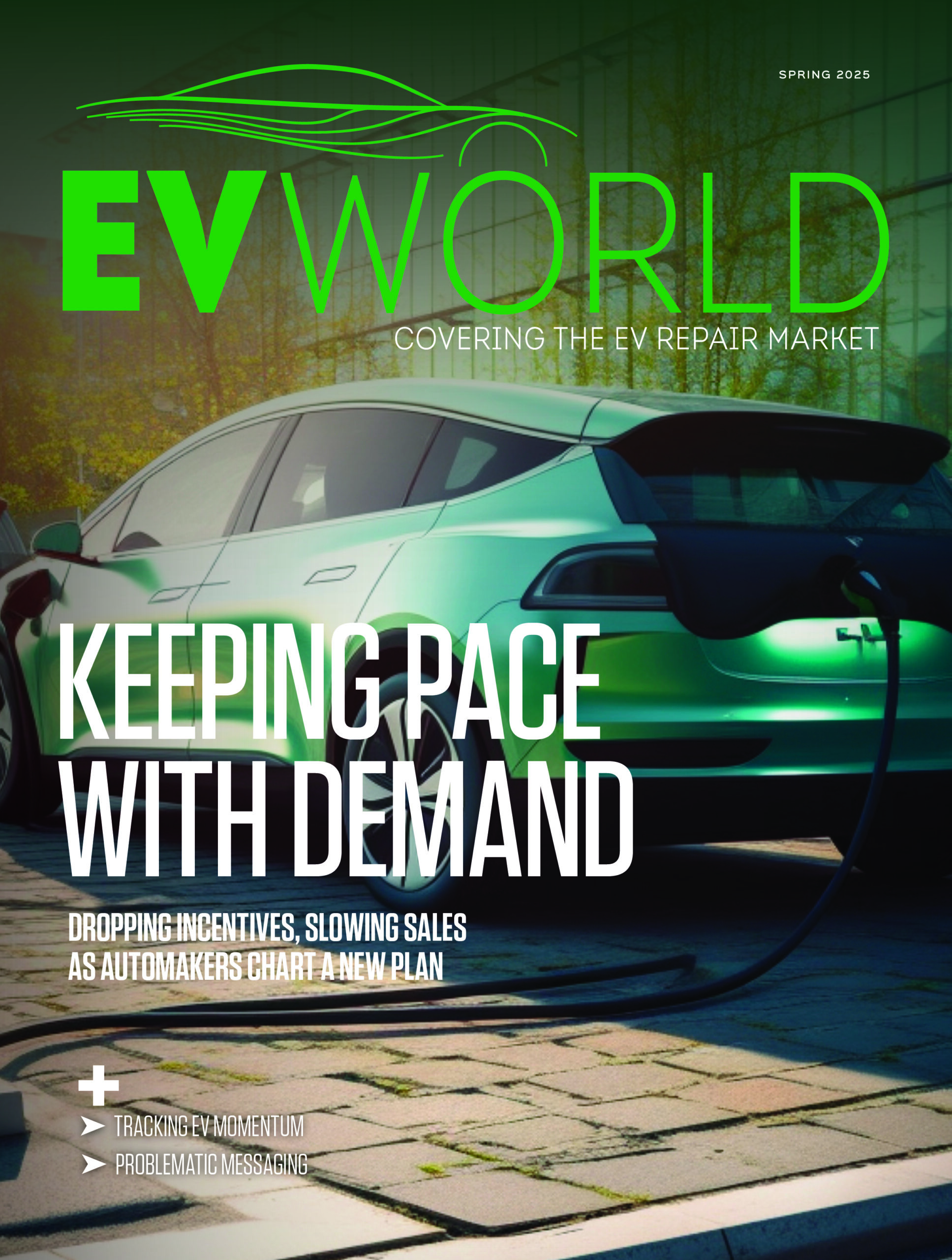As the profile of the average car-owner changes, shops must learn how to deliver service so the customer perceives the value.
The exit of the baby boom generation from the workforce is having a massive impact throughout the economy.
Faced by a cresting wave of retirements, employers across the economic spectrum are scrambling to find new recruits and trying to figure out how to appeal to the millennials – the generation born between 1980 and 2000, who are embarking on their careers just as the baby boomers bow out.
The aftermarket faces the same challenges as many other industries as it seeks out new blood to replace retiring employees. But demographic shifts are also hitting the aftermarket on the customer side. Because while the millennials may be coming ‘on-stream’ in big numbers, their financial profile and driving behaviours are markedly different from those of the generations they’re replacing.
It isn’t a simple one-to-one switch, and the aftermarket needs to pay close attention.
For one thing, the millennials are a decidedly inner-city demographic. They prefer to live close to where their work and social lives take place, preferably within walking distance or easily accessible by public transit.
Also, they’re just not as into vehicle ownership as the car-crazy boomers were. The romanticism and aestheticism seems lost on them, and they tend to consider vehicles merely a form of conveyance.
When public transit won’t work, they show a marked preference for car-sharing.
What’s more, millennials simply aren’t as well-off as their predecessors.
“They’re more economically challenged than any other age cohort,” says David Portalatin, executive director of industry analysis, automotive aftermarket, for the NPD Group. “They’re reducing driving and the cost of vehicles they buy.”
But, Portalatin adds, their vehicles are older and much more in need of service.
It’s one of the most significant trends in the automotive business… and it’s gathering strength.
According to AIA Canada figures for 2013, the average age of a light vehicle in Canada is now 9.3 years. And that age is increasing. (South of the border it’s well over 11 years.)
Older cars need more service, whether or not their owners actually get the work done. AIA Canada estimates that the value of unrealized maintenance in Canada totals about $14 billion. The question for the aftermarket is how to get more of those well-used cars into the bays.
It starts with customer education, says Mark Seng, global aftermarket practice leader with IHS Automotive.
“Up to half of aftermarket sales opportunities come from routine maintenance,” Seng says. “Service operations need to be aware of this. They need to talk to customers differently in their marketing campaigns. Build your messaging around routine maintenance; offer promotions and discounts to get people in; then add on once they’re in the bay.” A revenue boost could even be as simple as one of the details shops can overlook so easily: a taillight that needs replacing, or a new set of wipers.
The good shops are already good at finding work that needs to be done. But this needs to become regular practice for the aftermarket as a whole, because in spite of the increased average age of vehicles, the frequency of service visits is actually on the decline. A 2009 study by J.D. Power and Associates showed that owners of cars aged 4-12 years came in for service three times a year on average. By 2014 that was down to 2.6 visits a year. That obviously translates to a decrease in opportunities to sell necessary service work.
But here’s where it gets interesting. The more frequently drivers come in for service, the less they spend on each visit, as you might expect. But while someone who comes in three or four times a year may spend less each time, their annual spend on repair and maintenance is still higher than it is for the one-time caller.
“People apparently don’t analyze their service spending the way they do other household expenditures,” says J.D. Ney, manager of automotive research and consulting at J.D. Power’s Canadian office.
It seems customers would rather avoid a single large bill, even if two or three smaller ones still cost more overall. A smaller invoice is just easier to deal with, it seems. Customers actually report higher satisfaction levels when they pay two to three lower bills a year than those who make that big one-time payment.
So should the aftermarket encourage more frequent visits, thereby increasing the number of opportunities to interact with customers? The problem is that if the frequent visitors are motivated by the lower invoice they get for each visit, they’ll probably fight recommended service work that much harder. Should shops then accept the trend and focus on the less-frequent visitor? After all, since these customers seem to have decided that it’s better to get everything done at one time regardless (more or less) of price, they’re already reconciled to paying a heftier bill.
Enter the value proposition, which applies to both customer profiles. It’s a fact that automotive customers these days, whatever their financial condition, are willing to pay a little more up-front if they believe they’re getting quality repair or maintenance. That’s not what you might think in a supposedly post-recession environment, and especially considering that the millennials are so financially tight.
But today’s automotive service buyers aren’t as driven by bottom-line price as they used to be.
“They’re willing to define value in more ways than just getting rock-bottom price,” Portalatin says. “They’ll opt for high-mileage or fully synthetic oil, even if it costs a bit more up-front, if they’re convinced the car needs it and they’ll save over the long term.”
The value-driven customer requires a smarter approach. Portalatin says the aftermarket must learn how to deliver premium service at a value price point, but in a way that the customer is convinced they’re getting good value. This may apply just as much to the more price-conscious frequent customers; they’ll probably just need a bit more persuading.
Consider the experience of shops that offer free tire storage for drivers who opt for premium snow tires and a synthetic cold-weather oil when they come in for their fall tune-up. With the right marketing, these shops keep their bays significantly busier during the pre-winter season. The free storage ensures that even new customers are already “locked in” to a repeat appearance in the spring.
It might not work out exactly the same for everybody.
But at a time when cars are getting older and the fastest growing demographic of new drivers are financially pressed, coming up with new, creative ways to get the customer’s attention and deliver genuine value makes more sense than ever.
Andrew Brooks is a freelance journalist, covering the automotive industry in Canada. He can be reached at ahbrooks@rogers.com












Leave a Reply